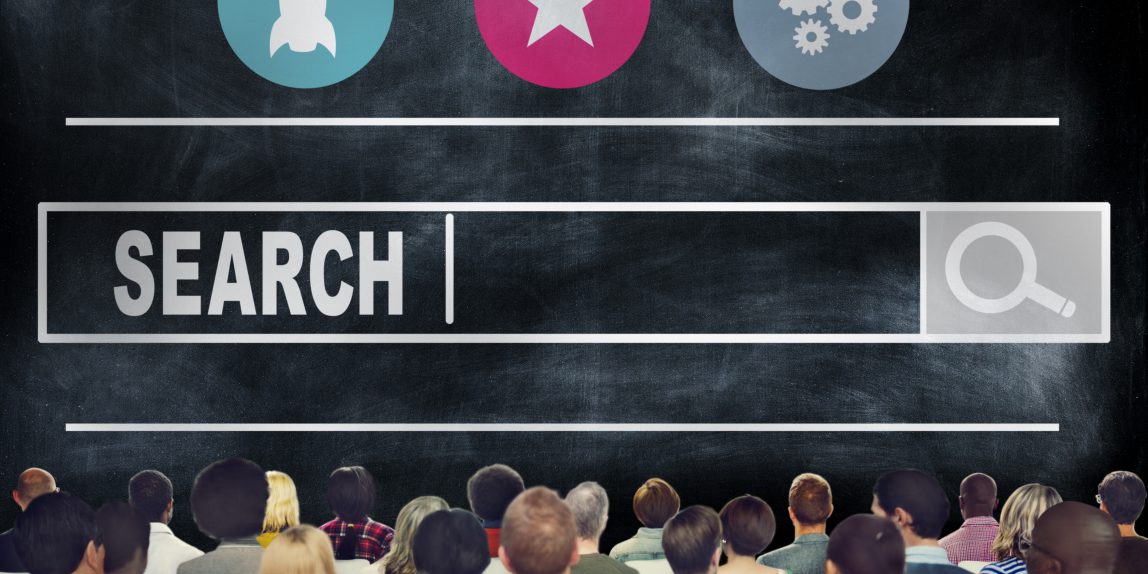To highlight a few areas in which big data has helped to improve the organizational processes, the following are real examples worth mentioning. In education, some institutions have used big data to identify student candidates for advanced classes. In finance, big data has been used to provide access to credit through non-traditional methods, for example, LexisNexis created an alternative credit scoring (Risk View) system which provides alternative ways to score creditworthiness. In healthcare, a tailored medicare is a new approach for disease treatment and prevention based on an individual’s environment and lifestyle. In human resources, Google is using big data to help promote a more diverse workforce.
All above said, a concern arises that certain groups of people will be categorized and excluded through the use of big data. In some cases, customers’ credit limits have been lowered not because of their payment history but because of where they had shopped.
Also of concern is the exposure of people’s sensitive data. The results of a study performed which combined data on Facebook “Likes” with limited survey information was found to be staggering. The researchers were able to accurately predict:
Male user’s sexual orientation -88% of the time
User’s ethnic origin-95% of the time
User’s religion (Christian or Muslim)-82% of the time
A Democrat or Republican-85% of the time
Used alcohol, drugs, or cigarettes -65% to 75% of the time
Big data may even increase the incidents of fraud. Fraudsters can target vulnerable consumers and offer disingenuous services or goods for scamming purposes. Big data analytics allows organizations (or fraudster) to more easily and accurately identify persons who are drawn to sweepstake offers or who are vulnerable prospects.
Other malicious intent could occur with companies offering consumers choices to quote and infer misleading conclusion from a likeminded preselected group of people that big data provided them.
